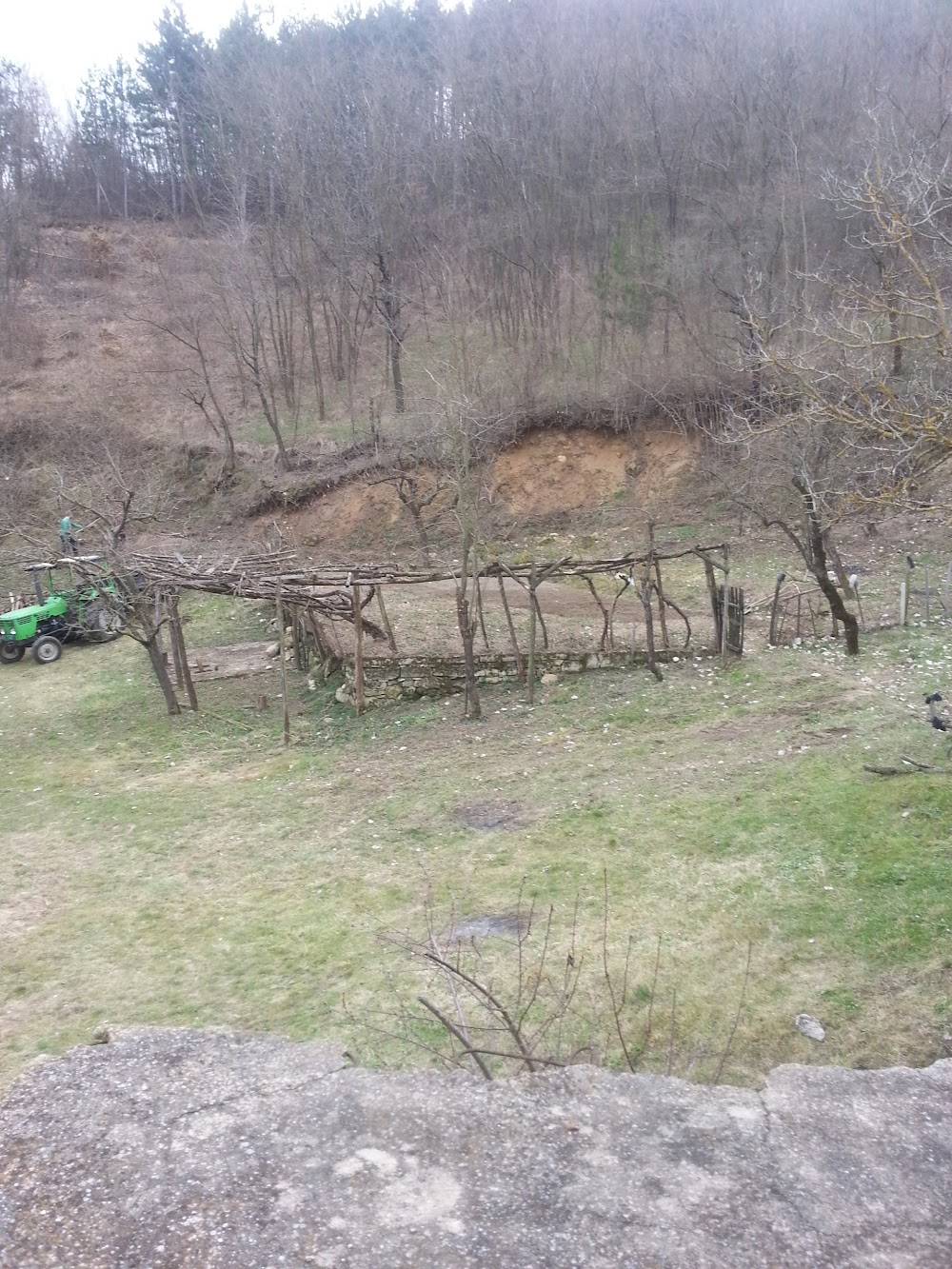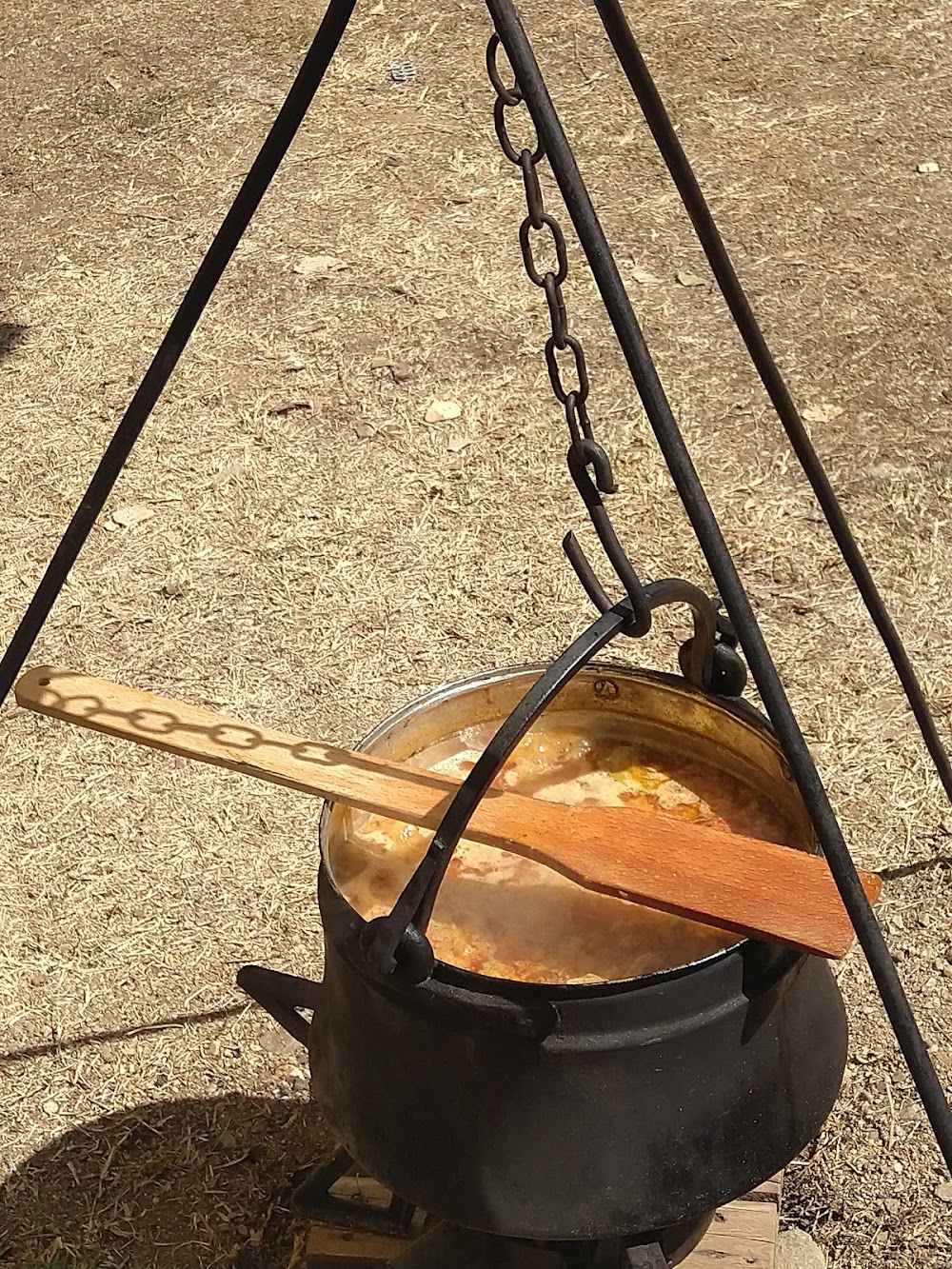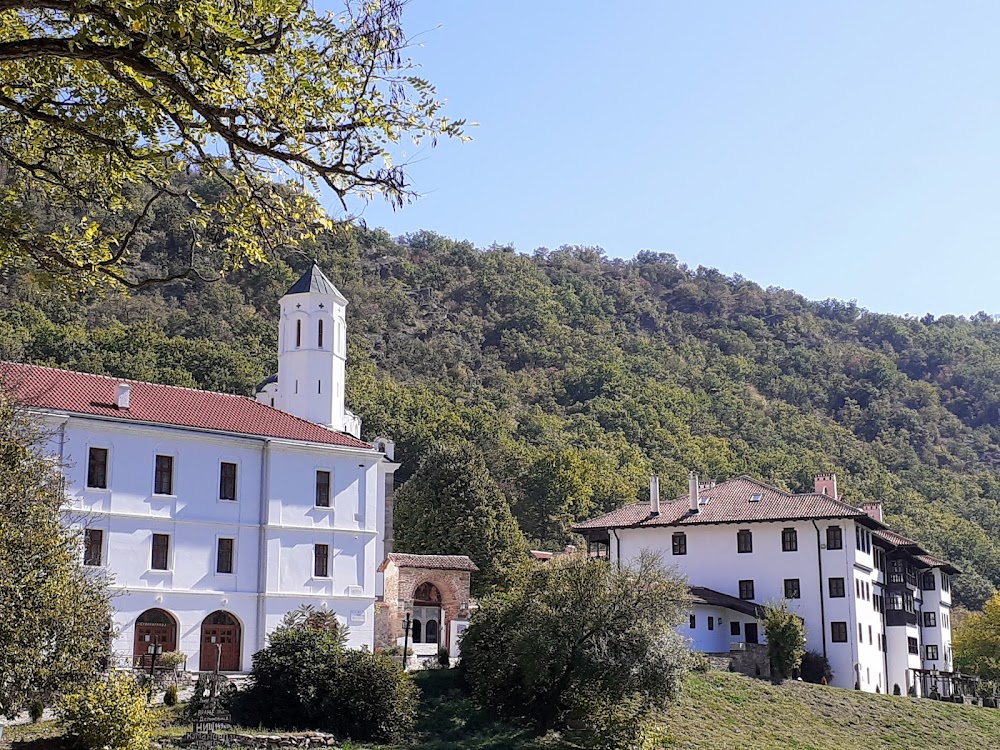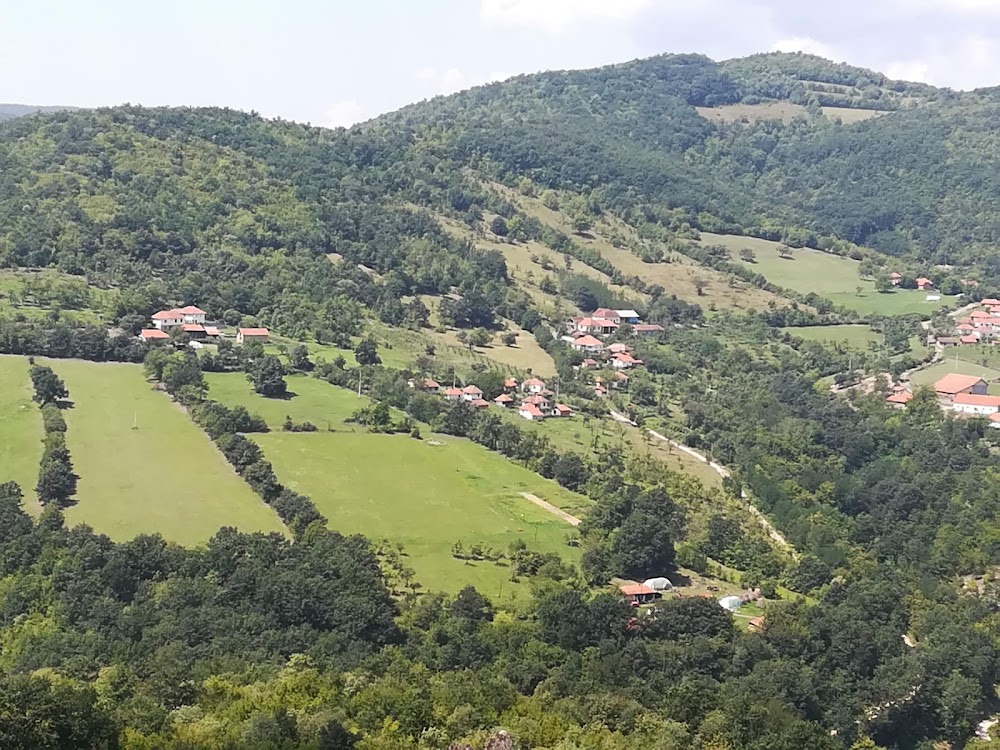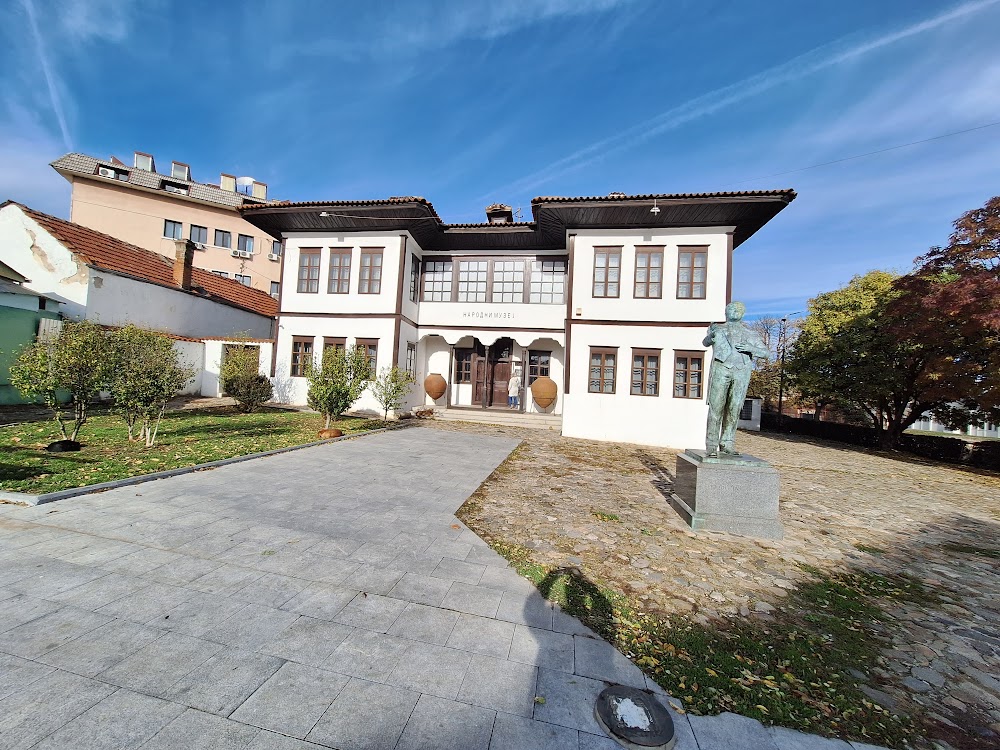Krševica Archaeological Site (Археолошко налазиште Кршевица)
Overview
Kale-Krševica is a captivating archaeological site nestled in the scenic Pčinja District of Serbia. Surrounded by rolling hills and situated in a picturesque valley, this site offers a remarkable glimpse into the past, particularly during the classical and Hellenistic periods.
Historical Background
The history of Kale-Krševica dates back to the 4th and 3rd centuries BCE, believed to have been established by the Paeonian tribes. What distinguishes this site from others is the notable influence of Greek culture and architecture. Archaeological evidence points to a vibrant urban center with strong economic and cultural ties to the Greek world, likely due to its strategic location along crucial trade routes that connected the Aegean coast to the interior of the Balkans.
Excavation and Discoveries
First discovered in the early 20th century, comprehensive excavations only commenced in the late 1990s. Since then, archaeologists have unearthed a wealth of artifacts and structural remains that highlight its historical significance. Among the most remarkable findings are the remnants of houses, fortification walls, and public buildings, all constructed from meticulously crafted stone blocks and bricks, often reflecting Greek architectural styles. The organized arrangement of these structures suggests a thoughtfully planned urban layout.
The Fortified Acropolis
A standout feature of Kale-Krševica is its fortified acropolis, an elevated area that once housed key administrative and religious buildings. Surrounded by robust defensive walls, the acropolis provided protection against potential invaders. The sophisticated craftsmanship of these walls demonstrates advanced construction techniques and a significant investment in the town's defense.
Everyday Life and Trade
Excavations have also revealed a variety of everyday items, including pottery, coins, and tools. Many artifacts bear Greek origins, indicating extensive trade relations with Greek merchants. A notable discovery includes a large number of amphorae, which were used for storing and transporting goods such as wine and olive oil, further highlighting Kale-Krševica's role as an important trading hub.
Cultural Fusion
In addition to Greek influences, evidence of local craftsmanship and traditions can also be found at the site. This cultural blend suggests that Kale-Krševica was a melting pot where diverse customs and practices coexisted. The pottery discovered here often combines Greek shapes and decorative styles with local motifs and techniques, showcasing this rich cultural interaction.
Advanced Engineering
The site also features a sophisticated water management system, including wells and drainage channels, reflecting an advanced understanding of engineering and public works essential for a thriving urban community. These wells provided a reliable supply of fresh water, crucial for both drinking and various industrial activities.
Ongoing Research
Exploration at Kale-Krševica continues today, with archaeologists employing modern technologies such as ground-penetrating radar and 3D mapping to uncover more about this intriguing site. Each new discovery adds another layer to the story, enhancing our understanding of the daily lives, trade relations, and cultural expressions of its ancient inhabitants.
A Visitor Experience
Today, Kale-Krševica is more than an academic interest; it invites visitors to step back in time and experience the ancient world. Efforts have been made to enhance the visitor experience, featuring informative displays and guided tours that illuminate the significance of the uncovered structures and artifacts. The site stands as a vital reminder of the complex and interconnected nature of ancient civilizations in the Balkans and beyond.
In summary, Kale-Krševica in the Pčinja District of Serbia provides a remarkable window into a period when local and Greek cultures intertwined, fostering a vibrant and prosperous community. Through diligent archaeological efforts, the story of this ancient settlement continues to unfold, enriching our understanding of the past.


